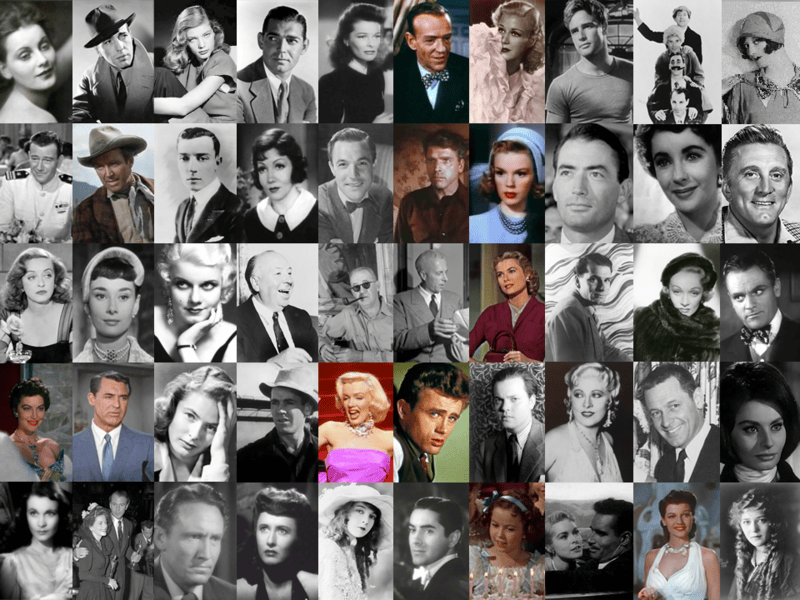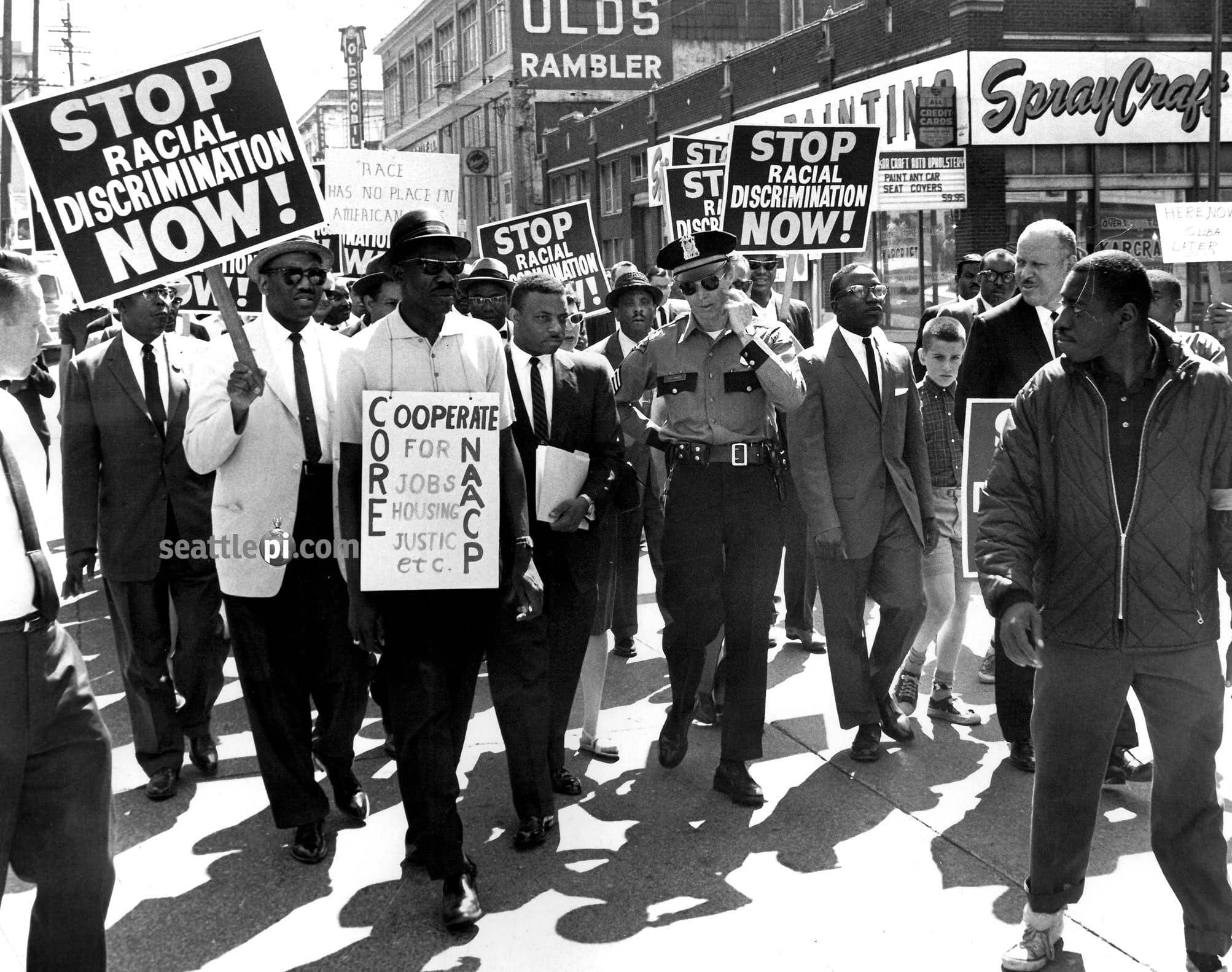Table of Contents
Overview
Culture is a central part of every society, as it is the single phenomenon that defines the way of life of the people within the society (Cohen 55). With this definition of culture, it has commonly been the case that people within a specific geographical setting and having the same way of life form a common cultural group. However, over the years, it has become very difficult to have single geographical settings with common cultural forms that bind all of them today. Among other reasons, issues of migration has now made it very common to have countries such as the United States, which are highly multicultural in nature. This is because the people in the country, even though they all share the same nationality and national identity are made up of many different cultural groups. With the specific case of the
United States, Gries et al. observed that the commonest cultural form that differentiates people have to do with race (1080). United States as a country is made up people with different racial origins including Asian, African, Spanish, Native, and Whites, all of whom are legitimate citizens of the country. Because each of these ethnic or racial groups have their own cultural form, it has not been possible to have a common cultural identity for the country. Cohen however observed that over the years, some form of inclusion and multicultural identity is being formed, whereby the use of popular culture, rather than national culture has become a vehicle for showcasing forms of culture that can be seen by the outside world as collectively belonging to the American people (110). In this paper, some of the factors that has led to the movement from isolated cultural practices to multiculturalism and inclusion are discussed. Obstacles that have been faced in generating the changes towards multiculturalism and inclusion are also analysed.
Factors that has led to movement towards multiculturalism and inclusion in American popular culture
Popular culture refers to attitudes, images, symbolisms, and perspectives within any mainstream culture (Gries et al. 1076). Hobson stressed that popular culture is largely influenced by mass media because it is the medium by which the collection of ideas that form the basis of the popular cultures are formed (3). There are several aspects of the American popular culture, some of which include politics, sports, fashion, and entertainment. As far as the entertainment aspect, which includes movies, television and music is concerned, there are very specific factors, events and developments within it, which has accounted for multiculturalism and inclusion. The first of such factor is the bridge of socioeconomic and class gaps between people of different cultural groups. Shohat and Stam stated that before the first world war, America had the problem of racial gaps when it came to class and socioeconomic status issues (84). That is, there was the problem of fewer non-Whites who were well educated and had respectable socioeconomic status. Because of the gap in class and status, it was a common perception that certain industries, including the entertainment industry was only for the elite, who used it as leisure from their hard work. Consequently, the people who worked in the industry including actors, musicians and presenters were mostly Whites, who virtually portrayed nothing but the indigenous White cultural forms (Tatum 3).

Classical Hollywood Cinema

Source: Henry B. Goodwin
As seen in the image below, a primary evidence that can be given to support the argument that the earliest period of American cinema was dominated by Whites is the popular portrait of Classical Hollywood Cinema for the period 1917 to 1960, which has the image of 50 prominent actors at the time, all of who are Whites. They include such names as Greta Garbo, Kirk Douglas, Marilyn Monroe, Henry Fonda, Mary Pickford, among others.
Meanwhile, after the world war, the movie industry started opening itself up for more semi-literate immigrants and non-Whites, which meant that people from other races could now be well represented in this aspect of the American popular culture. Hobson relates the inclusion of more non-White in the movie industry to a development at the time, which was the pressing activities of civil right movements (55). These civil right movements among other things campaigned against discrimination in all aspects of American social life, including the entertainment industry (Tatum 8). below, a picture of civil right group on a protest is seen. The main message that the civil right groups campaigned was that discriminating against non-Whites to be part of mainstream entertainment industry amounted to racism.

June 16 Civil Rights Boycott
Source: Library of Congress
Relating the inclusion of non-Whites in mainstream entertainment industry to multiculturalism and inclusion, Forbes and Jeffrey observed that it presented an opportunity for stories to be told from the perspective of other cultures such as Asian, African and Hispanic (311). Some of the earliest interracial films that were made in America to tell the American cultural story from a multi-dimensional perspective are Island in the Sun (1957), Sayonara (1957), and One Potato, Two Potato (1964). For example Island in the Sun (1957) tells the story of a handsome black male who had political aspirations. The movie is often credited for telling the story of how ambitious black Americans can be, contrary to the long held perception of them being dependent (McCarthy 32). Several years after in 2003, a similar movie was made, which was Head of State. This time, it told the story of a Black President in the United States. Ironically, there had never been a black person as President in America at that time. Meanwhile five years after the movie, Barack Obama indeed became a black person to lead America as president. Shohat and Stam therefore held the view that by promoting multiculturalism as part of the American popular culture, it makes it easier for people of different cultures to be accepted by people of other cultures (83).
Apart from the use of movies, music has also become an important popular culture that has been used to promote multiculturalism and inclusion in America. Forbes and Jeffrey emphasized that as far as music is concerned, the focus of it in promoting multiculturalism cannot be viewed from the perspective of the race of the musician alone (322). Rather, the core point of analysis is in the message that is carried in the song. Indeed as far back as 1792, Frank Johnson was born, who grew to be the first known black musician and composer (King 7). From that time, there have been a number of other non-White musicians but the messages in their songs hardly sought to promote or embrace multiculturalism in any way. However, from the time U.S.A for Africa made We are the World in 1985, a lot changed in terms of using the content of music to promote multiculturalism. A line in the song says “We are all a part of God’s great big family” and this has become an important theme for using music to promote oneness and cultural inclusion in America.
Obstacles faced in generating change towards multiculturalism and inclusion
In the effort to generating change towards multiculturalism, there are some obstacles that were faced in the past, and those that are even faced today. One such obstacle has to do with a continual celebration and promotion of the cultural heritage of minority groups (McCarthy 45). That is, even though events in the past by the minority groups sought to call for inclusion instead of discrimination, the same groups held on to their cultural heritages, which they celebrate independently from others. For example there are arts and cultural festivals in America, which are only celebrated by people of specific cultural settings such as Asians, Blacks and Hispanics. Black History Month is a typical example of such art and culture related segregation celebration. Such practices certainly defeat the true call for inclusion in the entertainment industry to be specific and popular culture as a whole. Interestingly, it is not just about celebrations and practices but actual segments of the larger American popular culture that only highlights the culture of minority groups.
The Black Entertainment Television (BET) is a typical example of segregated component of the American entertainment industry. There are primary evidences to suggest that in #OscarSoWhite campaign against the fact that there was no black actor nominated for an Oscar, the black entertainers could not have a common voice even among themselves because of the presence of such discriminatory practices and sub-industries. For example speaking on the Fox & Friends show in 2016, Stacey Dash, who is herself a black actress said that “If we do not want segregation, then we should get rid of channels like BET, and the BET Awards, and the Images Awards, where you are only awarded if you are black” (Dash). This posture by the minority groups is seen by many as double-standard and against the goodwill to indeed move towards multiculturalism and inclusion in popular culture (King 4).
Conclusion
Various primary sources and evidence including movies and songs have been referenced to tell the story of how the popular culture of America has seen a transit from a period of being monoculture to multicultural. Generally, the movement into multiculturalism within the America popular culture has been linked with periods of civil rights movements, which sought to end all forms of discrimination, including what was being experienced in the entertainment industry. Rather than employing only White people, the door was opened to other non-Whites, including Asians, Black and Hispanics. This way, the American people started appreciating the cultures of others that they did not belong to the same culture with. Consequently, the entertainment popular culture, particularly movies became an avenue of telling not just one-sided story about American culture but a multicultural story about the country. Apart from the use of movies, music also played an important role in telling the story of one America made up of different people. While all these efforts have been made in the past, there continue to be challenges that sometimes put the efforts of inclusion aback. One such thing is the fact that minority groups continue to celebrate their cultural heritages differently, making it difficult to sometimes have a common platform that will be used to champion true multiculturalism within the popular culture.
- Cohen, Sara. Decline, renewal and the city in popular music culture: Beyond the Beatles. New York: Routledge, 2017.
- Dash, Stacey. Stacey Dash on Oscars Boycott: Get Rid of BET and Black History Month Instead. 2016. Web. December 16, 2017. YouTube. <https://www.youtube.com/watch?v=FAppNlNSnXk>
- Forbes, Bruce David, and Jeffrey H. Mahan. Religion and popular culture in America. California: University of California Press, 2017.
- Godwin B. Henry. Golden Age of Hollywood. 2011. Web. December 16, 2017. <https://creativecommons.org/licenses/by-sa/2.0/>
- Gries, Peter, et al. “Hollywood in China: How American Popular Culture Shapes Chinese Views of the “Beautiful Imperialist”–An Experimental Analysis.” The China Quarterly 224 (2015): 1070-1082.
- Hobson, Janell. Venus in the dark: Blackness and beauty in popular culture. New York: Routledge, 2013.
- King, Andrew. Ouida and Victorian popular culture. New York: Routledge, 2016.
- Library of Congress. The Civil Rights Act of 1964: A Long Struggle for Freedom 2016. Web. December 16, 2017 <https://www.loc.gov/exhibits/civil-rights-act/civil-rights-era.html>
- McCarthy, Cameron. The uses of culture: Education and the limits of ethnic affiliation. New York: Routledge, 2014.
- Shohat, Ella, and Robert Stam. Unthinking Eurocentrism: Multiculturalism and the media. New York: Routledge, 2014.
- Tatum, Charles M. Chicano popular culture: Que hable el pueblo. Arizona: University of Arizona Press, 2017.

